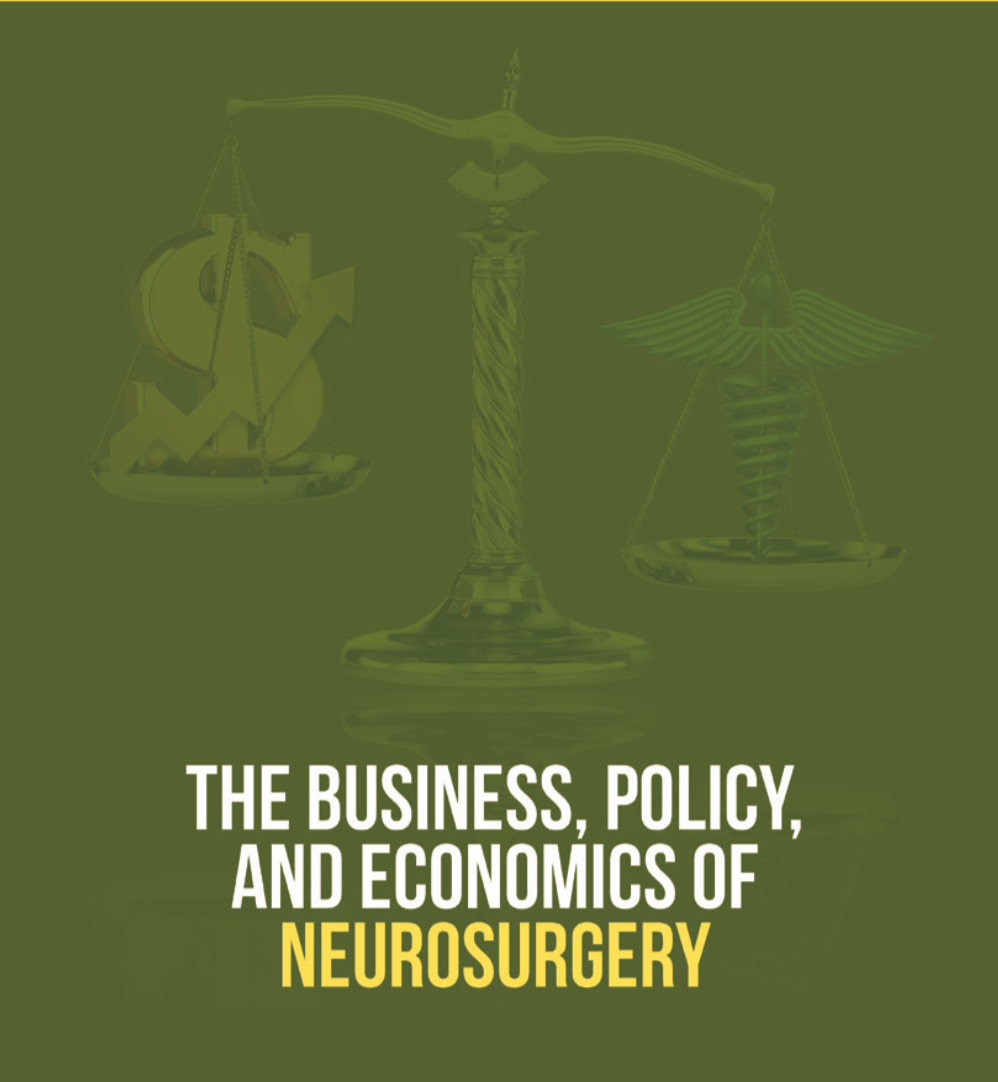The debate on how to reduce costs and improve quality in the world’s most expensive health care system continues. While policy initiatives such as accountable care organizations (ACOs) and bundled payments put hospitals at the center for reorganizing care delivery to address wasteful spending, these early efforts to change the provider business model have seen mixed results on cost savings (and shown a trend toward increasing hospital consolidation and incentivizing higher prices). Yet the organizations whose business models generate profits — for example, through value-added process businesses and integrated delivery systems — will be better positioned to increase efficiency, reduce waste, and thus lower costs. Because integrated delivery systems can capture some of the benefits of new technologies and business models that drive down the price of health care, by moving delivery closer to patients.

This chapter by (now a16z bio partner) Jeffrey Low, M.D., appears in The Business, Policy and Economics of Neurosurgery, and discusses how the current volume-and asset-driven hospital reimbursement model is not sustainable, and how integrated delivery models have (at a regional level so far) and will “disrupt” the hospital system. [The book itself seeks to bridge the gap in medical curricula on discussion of health care economics, health care policy, and the business of medicine (including insurance) as applied in practice by clinical neurosurgeons, in order to help them better treat their patients.]
sources: chapter and cover image provided courtesy of the authors
- a16z Podcast: Shifting Risk Mindsets, From Tech to Bio
- a16z Video: Shifting Risk Mindsets, from Tech to Bio
- 16 Pitfalls to Avoid When Building a Computational Therapeutics Company
- a16z Podcast: On Recent Consolidation in the Healthcare Industry
- a16z Video: What to Make of Consolidation in Healthcare?

